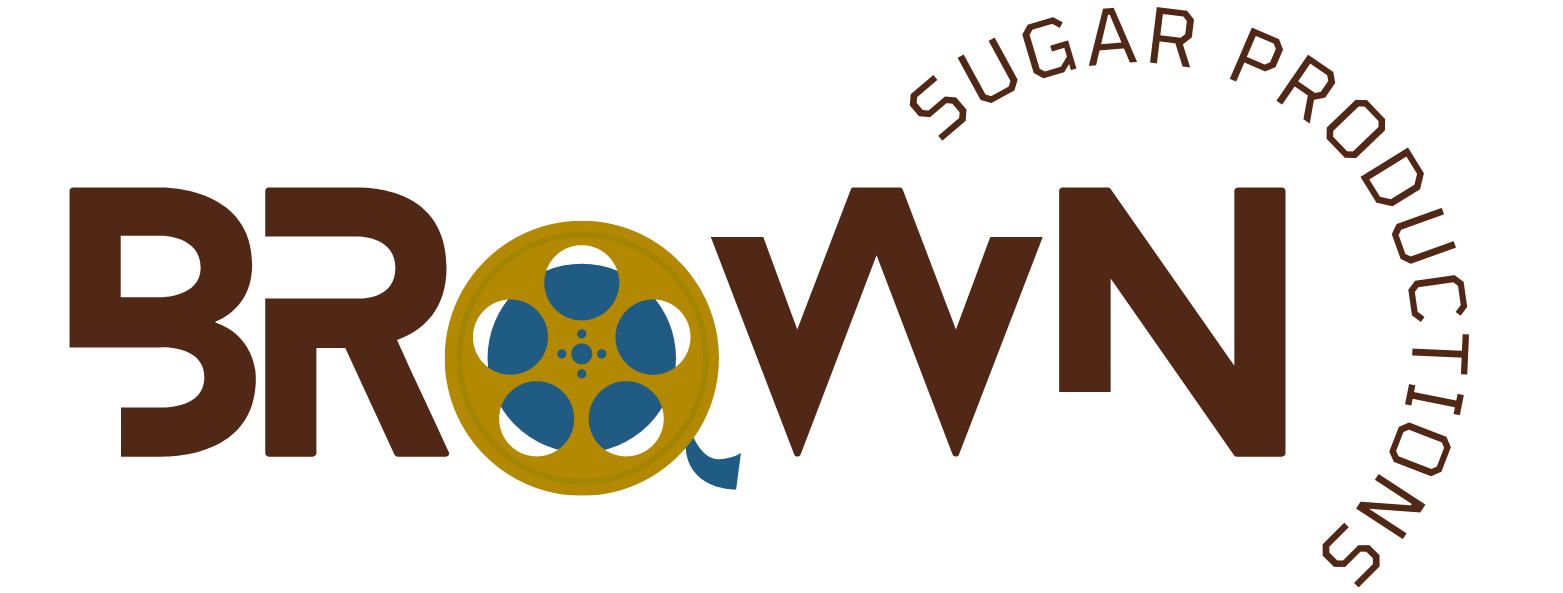
The role of art direction in storytelling
In my time as a Production Manager & Art Director I have had the privilege of working on a wide range of projects, from commercials to feature films.
One thing that I have come to appreciate over the years is the vital role that art direction plays in storytelling on screen. In this post, I will explore the importance of art direction in creating a compelling narrative and how I work to create a visual world that supports and enhances the story being told.
At its core, art direction is about creating a visual language that supports the narrative. It is about designing and constructing sets, props, and costumes that help to create a believable world for the characters to inhabit.
As a Production Designer or Art Director, my job is to work closely with the director and cinematographer to create a cohesive visual style that supports the tone and mood of the story.
One of the key ways in which art direction supports storytelling is by establishing a sense of time and place.
For example, in a period piece, the art direction can help to transport the audience to a specific time and place, creating a sense of authenticity and immersion. Similarly, in a science fiction or fantasy film, the art direction can help to create a believable world that feels unique and distinct from our own.
Another important role of art direction in storytelling is in creating visual metaphors and symbolism that support the narrative.
For example, in the film “The Shawshank Redemption,” the use of a bird as a visual metaphor helps to reinforce the themes of hope and freedom that run throughout the story.
As a Production Designer or Art Director, it is my job to work closely with the director and cinematographer to identify and create these visual metaphors, ensuring that they are integrated seamlessly into the overall visual style of the film.


In addition to supporting the narrative through the use of visual language
Art direction also plays a crucial role in creating a mood and tone for the story.
By carefully selecting colors, textures, and lighting, a Production Designer or Art Director can create a visual language that supports the emotional journey of the characters.
For example, in a horror film, the use of dark colors and harsh lighting can create a sense of unease and tension, while in a romantic comedy, the use of bright colors and soft lighting can create a sense of warmth and intimacy.

At the end of the day, the success of any film ultimately depends on its ability to tell a compelling story.
While the writing, acting, and direction all play crucial roles in this process, art direction is equally important in creating a visual world that supports and enhances the narrative.
As a Production Designer or Art Director, it is my job to work closely with the rest of the creative team to ensure that every aspect of the film, from the sets to the costumes to the lighting, is designed to tell the story in the most compelling way possible.
Final thoughts
By creating a visual language that supports the narrative, establishing a sense of time and place, creating visual metaphors and symbolism, and setting the mood and tone of the story, a Production Designer or Art Director can help to create a film that is not only visually stunning but also emotionally engaging and memorable.






Leave a comment